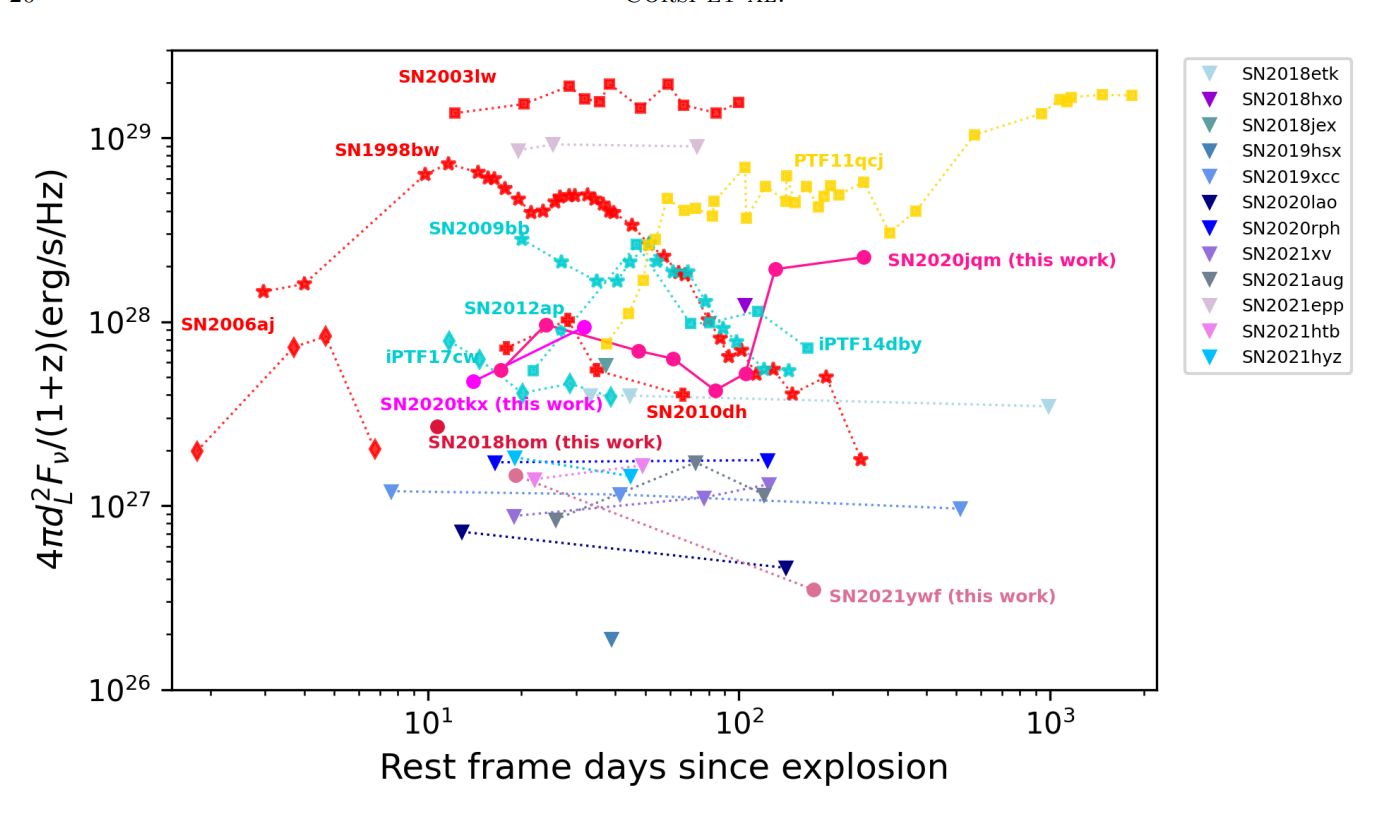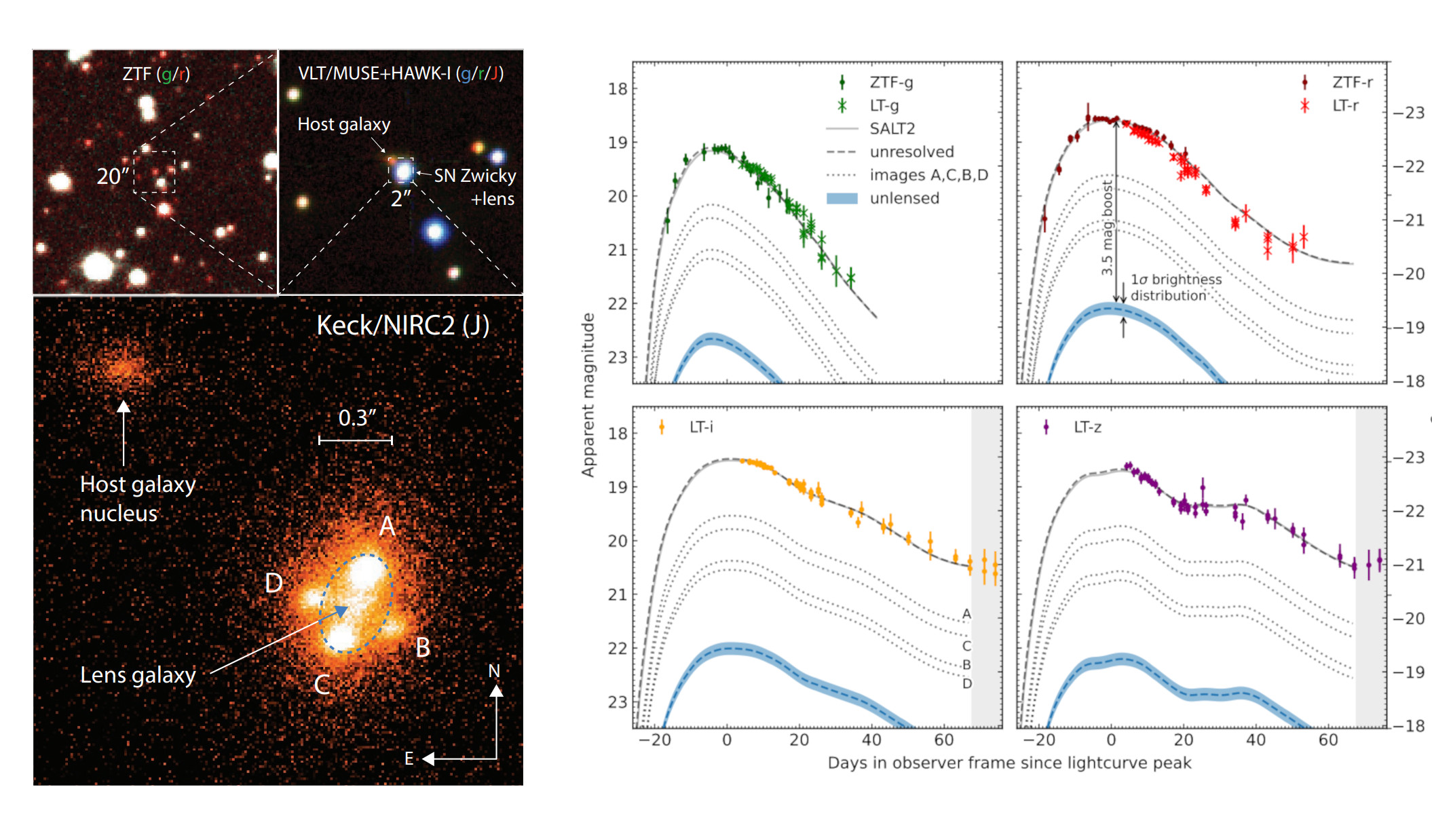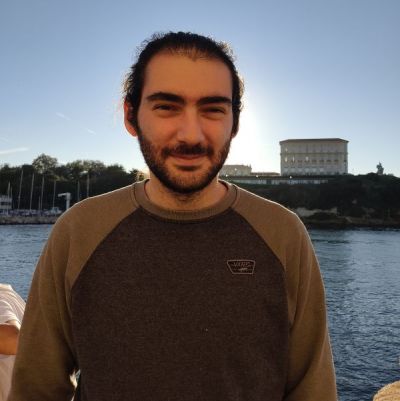ZTF team gets together again
The ZTF collaboration held its bi-annual team meeting during the week of Oct 18-21 at the Northwestern University in Illinois. Most of the meeting was dedicated to lively discussions on current and new observing strategies that meet the science goals of individual working groups. Young members of the team were given the floor to share not just their current research but also ideas on novel ways to use the unique ZTF camera or sieve through the ZTF dataset. The last day of the meeting brought astronomers external to ZTF for a discussion on ZTF operations into the era of Vera Rubin Observatory expected to begin science observations in late 2024.
ZTF Public Data Release 14
The Zwicky Transient Facility (ZTF) and IPAC at the California Institute of Technology announce the forteenth ZTF Public Data Release. This release adds 2 months of observations to the thirteenth data release, up to 8 Sept 2022 for the public portion of the survey, and private survey time prior to 8 May 2021.
The products include 43.8 million single-exposure images, 171 thousand co-added images, accompanying source catalog files containing 701 billion source detections extracted from those images, and 4.47 billion light curves constructed from the single-exposure extractions.
Science Highlights
A search for relativistic ejecta in Type Ic supernovae
Observationally mapping the variety of ejecta outcomes in SNe of Type Ic with broad lines (Ic-BL) can provide a key test to stellar explosion models. However, this requires large samples of the rare Ic-BL events with follow-up observations in the radio. In this paper, the authors present results of a radio (and X-ray) follow-up campaign of 16 SNe Ic-BL detected by the Zwicky Transient Facility (ZTF). The radio campaign resulted in 4 counterpart detections and 12 deep upper limits.
A search for dirty fireballs with Zwicky Transient Facility
The authors present the results of a search for on-axis optical LGRB afterglows using the Zwicky Transient Facility (ZTF). The search yielded seven optical transients that resemble on-axis LGRB afterglows and their spectroscopy within a few days of discovery established cosmological distances (redshift z = 0.876 to 2.9) for six of the seven events, tripling the number of afterglows with redshift measurements discovered by optical surveys without a γ-ray trigger.
A very rare lensed Type Ia supernova discovered with the ZTF
ZTF partners at the University of Stockholm report the discovery of a rare gravitationally lensed Type Ia supernova dubbed SN Zwicky. SN Zwikcy is multiplied more than 25 times by a foreground galaxy, whose mass is suggested to be around 8 billion solar masses packed within just 0.8 kiloparsec.
ZTF Faces
Bastien Carreres (IN2P3, France)
My path has been circuitous, like for many other astronomers. I was born and raised in Halle, Germany, the hometown of the Baroque composer Georg Friedrich Händel.
Read OnAna Sagues Carracedo
(OKC, Stockholm University, Sweden)
I come from a pretty city in the South of Spain called Cordoba, famous for delicious local recipes, the smell of orange blossom during Spring, the courtyard festival, and traces from ancient civilizations and powerful dynasties, among other things, like the dry heat in the summer.
Read OnZTF Science Vlog
The ZTF vlog brings you the latest ZTF results presented by the authors themselves.
Exploring the mysterious fate of low-mass, core-collapse supernovae with ZTF
ZTF now allows astronomers to build samples of rare transient events and statistically study their physical processes and properties. In this vlog, Kaustav Das presents a sample of core-collapse low-mass supernovae. The analysis of their lightcurves sheds light on the mysterious fate of their progenitor stars.
A rare supernova SN 2022oqm blasts out fast material a few weeks before explosion
In this science vlog, PhD student Ido Irani presents the analysis of a peculiar supernova Type Ic dubbed SN2022oqm. Caught only a few hours after explosion, its light curve and spectrum reveal details about fast-moving circumstellar medium around it.
Science with public ZTF data
We highlight scientific publications from individuals and groups outside of the ZTF partnership that use ZTF public data
Real-time detection of anomalies in large-scale transient surveys
Time-domain astronomy has reached an incredible new era where unprecedented amounts of data are becoming available. With such large data volumes, the astronomical community will struggle to identify rare and interesting anomalous transients that have previously been found serendipitously. This paper presents two novel methods of automatically detecting anomalous transient light curves in real time. The first modeling approach is a probabilistic neural network built using Temporal Convolutional Networks (TCNs) and the second is an interpretable Bayesian parametric model of a transient. The models are able to identify anomalies with respect to common supernova classes with high precision and recall for most rare classes such as kilonovae and tidal disruption events. The ability to identify anomalies improves over the lifetime of the light curves. This framework, used in conjunction with transient classifiers, will enable fast and prioritized follow-up of unusual transients from new surveys.
--Daniel Muthukrishna (Massachusetts Institute of Technology, USA)
'How-to' Guide
New ZTF SQLite Metadata Database
With the upcoming release of DR14, IPAC is planning on releasing a downloadable metadata SQLite database (metaDB). This database can be useful for those doing archive science who want a modular, local way of searching for individual or subsets of images which meet certain criteria. This database will be updated once a release and will contain a lot of information on a per-exposure basis. It will also contain information about fields and their boundaries, as well as reference image metadata.
ZTF is supported by the National Science Foundation and a collaboration including Caltech, IPAC, the
Weizmann Institute for Science, the Oskar Klein Center at Stockholm University, the University of
Maryland, Deutsches Elektronen-Synchrotron and Humboldt University, Lawrence Livermore National
Laboratory, the TANGO Consortium of Taiwan, the University of Wisconsin at Milwaukee, Trinity College
Dublin, IN2P3, University of Warwick, Ruhr University Bochum, and Northwestern University . Operations are conducted
by COO, IPAC and University of Washington.
Any opinions, findings, and conclusions or recommendations expressed in this material are those of the
author(s) and do not necessarily reflect the views of the National Science Foundation.







